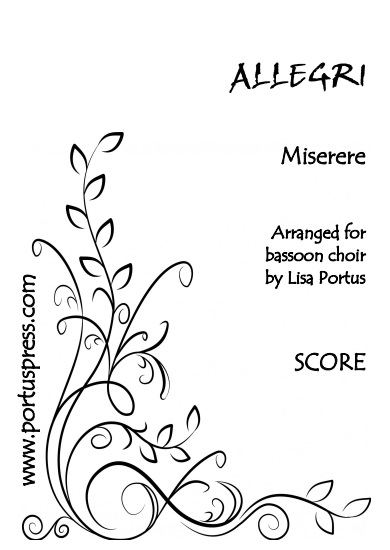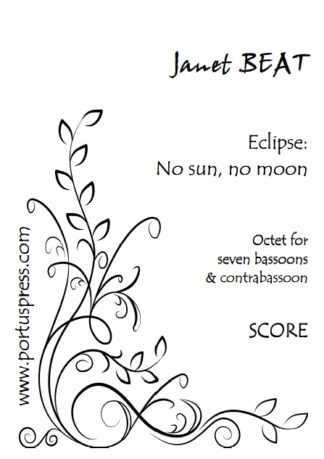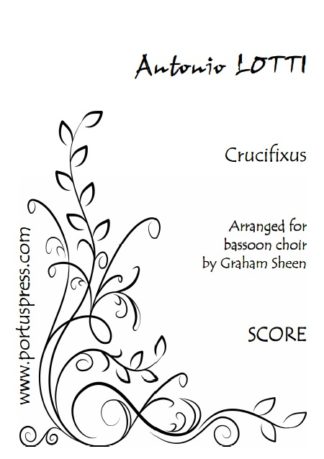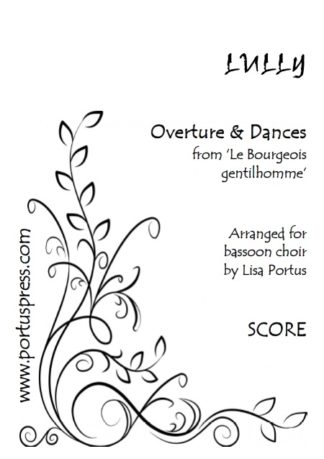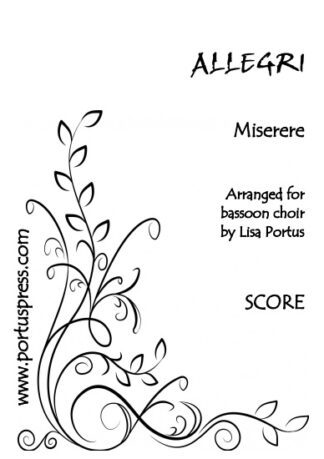Description
Miserere is a setting of Psalm 51 by late-Renaissance, Italian composer Gregorio Allegri (1582-1652). It was composed during the reign of Pope Urban VIII in the late 1630s for the exclusive use of the Sistine Chapel during Holy Week (which precedes Easter). It is a work steeped in mystique and secrecy, not least because in a letter of 1770 Leopold Mozart claimed that his then 14-year-old son, Wolfgang Amadeus, had written down the entire work after hearing it just once. Historians now know that he may well have heard the piece in London some years earlier. What was truly a closely-guarded secret was the particular style of ornamentation used by the choir of the Vatican.
Over the centuries several versions of Allegri’s Miserere have been circulated. The version most performed today features a famous “top C” and this is the version upon which this arrangement for bassoon choir is based. Here the players are split into three groups: one group of five players (including one on contra); one group of four players; and a solo bassoon line for the plainsong responses. Each group plays alternately before joining forces for the ending. The solo bassoon line is also cued in parts A1 and B1. Do experiment with seating layouts to maximise the antiphonal effects!

